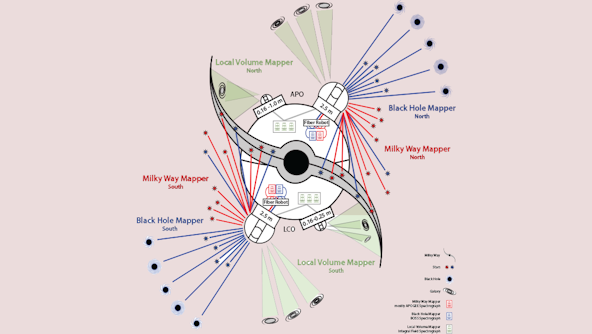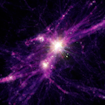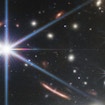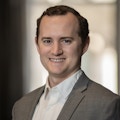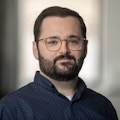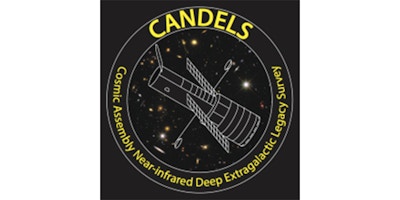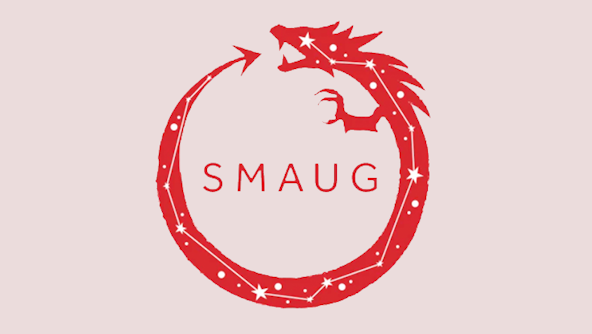
Galaxy Formation
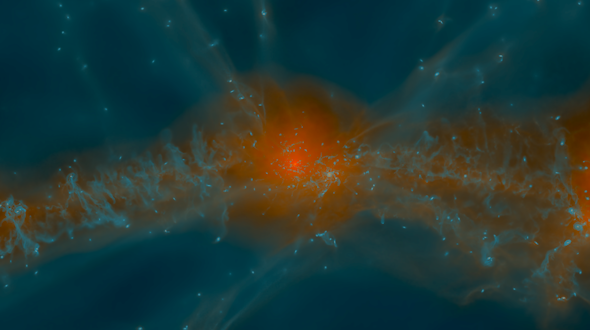
The Galaxy Formation group is developing the numerical tools and physical insights necessary to understand how galaxies form and evolve within a cosmological context.
A fully predictive theory of galaxy formation remains one of the great unsolved problems of astrophysics. Galaxy formation represents the intersection of many branches of physics from cosmology to plasma physics and involves a vast range of length and timescales. Our goal is to explain a wide range of observations ranging from high redshift quasars down to the smallest local dwarf galaxies.
The group has a broad range of interests and expertise, including star formation and the interstellar medium, stellar feedback, black hole formation, growth and feedback, the circumgalactic medium, and galaxy clustering on large scales. Group members use a diverse suite of numerical codes, simulation outputs, semi-analytic techniques and multi-wavelength observations in their research. Many group members participate in CCA’s Simulating Multiscale Astrophysics to Understand Galaxaies (SMAUG) and Learning the Universe Collaborations, which are described below.
We organize a weekly community seminar on galaxy formation that is attended by researchers from across the New York City area and several workshops per year. We strive to foster a respectful, welcoming, inclusive and supportive environment for all participants in our activities. We are strongly committed to mentoring, training and supporting junior scientists.
The group has identified three strategic project areas that we plan to focus on for the next five years:
Star formation in Extreme Environments: Current simulations that attempt to explicitly resolve the multi-phase interstellar medium (ISM) and stellar feedback are typically set up with conditions that are representative of local disk galaxies like our Milky Way and do not incorporate a cosmological context of inflowing and outflowing material. This project seeks to develop new techniques to simulate star formation and understand how it works in environments very different from our local solar neighborhood, exploiting the common physics operating in all of these systems. These environments span the galactic center to the outskirts of low surface brightness galaxies, superstar clusters to globular clusters, massive dusty starburst galaxies to ultra-faint dwarf galaxies, protocluster galaxies to nearby jellyfish galaxies, and galaxies at cosmic dawn to nearby green peas. We plan to develop new analytic models and new simulation techniques to address these questions, using both idealized/controlled setups and well as cosmological initial conditions.
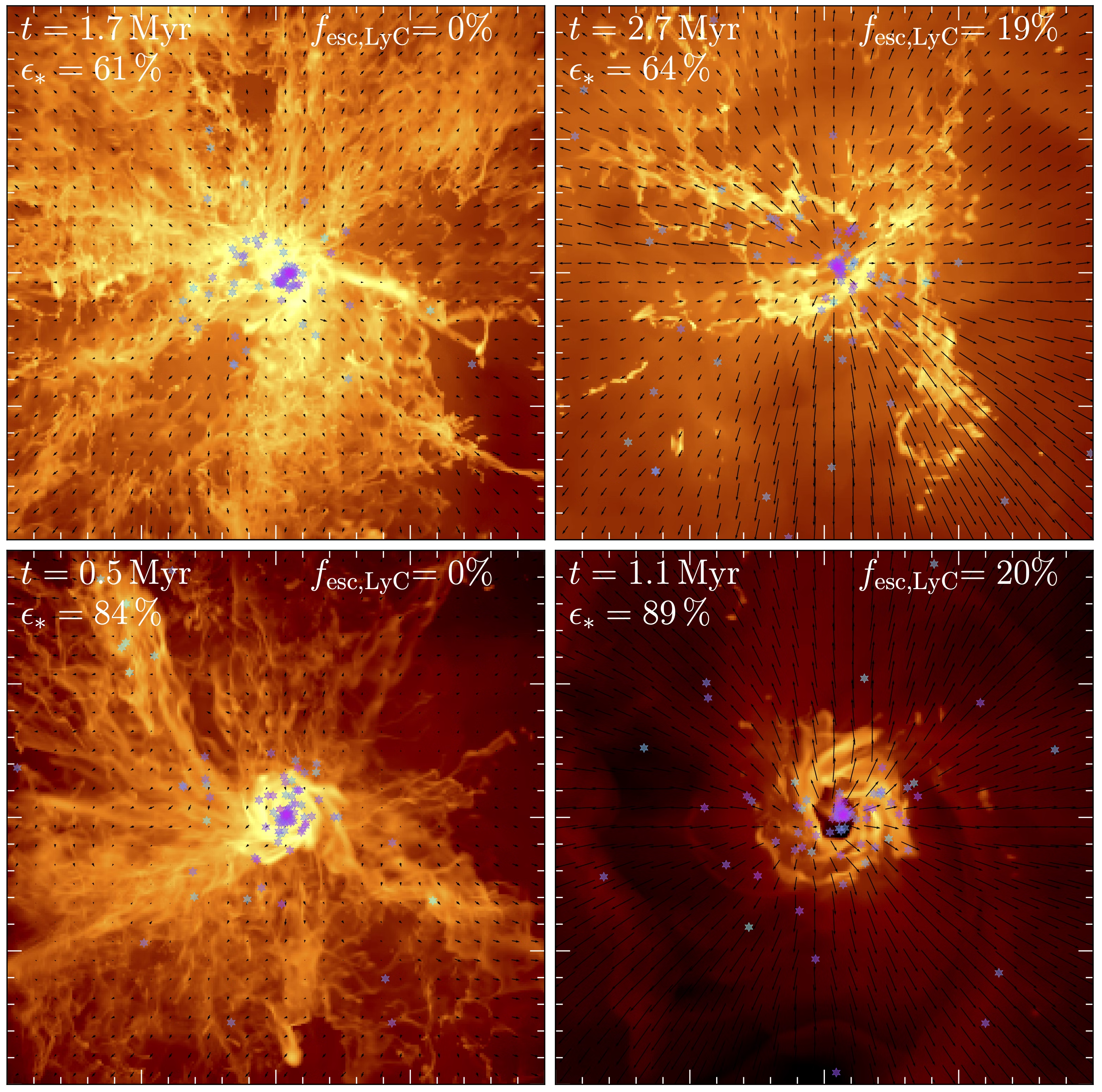
Multi-scale models of black hole formation, accretion, and feedback: Supermassive black holes (SMBH) play a key role in regulating galaxy formation, and the puzzle of “What seeds supermassive black holes, and how do they grow?” was one of the key questions identified by the Astro2020 Decadal report. Furthermore, the James Webb Space Telescope has identified a surprisingly large number of accreting SMBH at very early times in the universe, challenging our current understanding of black hole formation and growth. However, most current cosmological galaxy formation simulations incorporate crude sub-grid recipes for black hole seeding, growth and feedback. In this project, we plan to study physical mechanisms for black hole seeding using ultra high-resolution simulations. In addition, we will use zoom-in and hyper-refinement techniques to connect galaxy/ cosmological scales with accretion disk scales. In this way, we will inform the outer boundary conditions for “small scale” (hundreds to thousands of gravitational radii) simulations that include general relativity, radiation and magneto-hydrodynamics (GRMHD), in collaboration with the CCA Stars & Plasma Astrophysics (SPA) group. These simulations will then provide the missing physics-based insights into how mass, magnetic fields and angular momentum are transported around black holes across a vast range of scales. These insights will be used to develop new sub-grid treatments of black hole seeding, accretion and feedback that will be implemented into a new CCA-led generation of cosmological simulations.
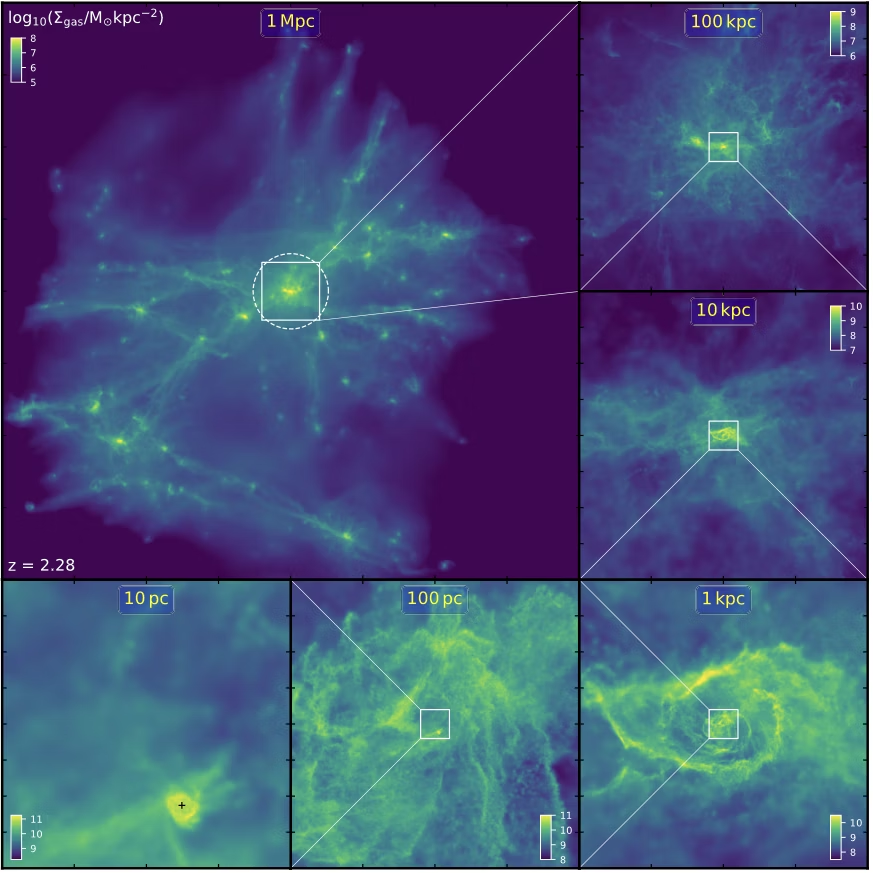
The baryon cycle: Creating a novel interface between theory and observations to decipher fundamental processes in galaxy formation
The baryon cycle refers to the cycling of mass, energy and metals through galactic ecosystems. Over the past decade, it has become a central frontier in the field of galaxy formation. We plan to form a new theoretical-observa¬tional consortium that will tackle the challenges of understanding the baryon cycle through a novel synergistic approach bringing together research¬ers working on multi-scale simulations, synthetic observations and multi-tracer, multi-wavelength observations of inflows and outflows from ISM to circumgalactic medium (CGM) to intergalactic medium (IGM) scales.
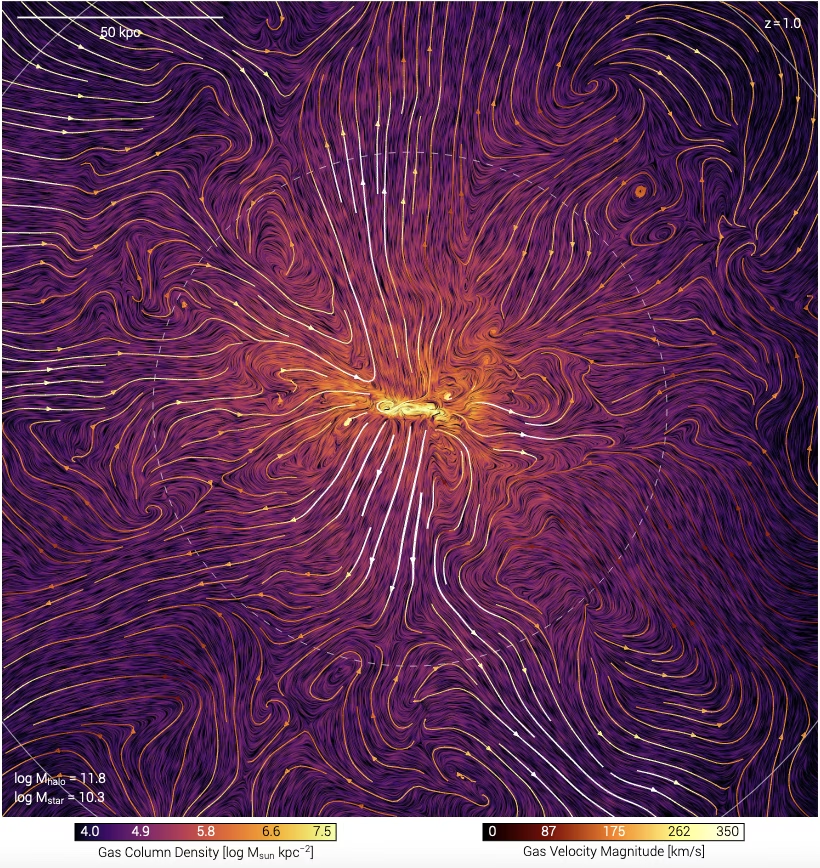
Subgroups
Star Formation and the Interstellar Medium (SIM)
Scientists at the CCA have broad interest in star formation, interstellar medium dynamics and chemistry across different cosmic environments from the local Milky Way ISM to high redshift galaxies. The Star Formation and the Interstellar Medium (SIM) sub-group hosts monthly star-formation interstellar medium talks. Active research areas include star cluster formation, first stars, globular cluster formation, molecular H2 observations, 3D dust mapping, interstellar turbulence, magnetic dynamo and reconnection, and cosmic ray physics. For more information, please contact Blakesley Burkhart or Mike Grudić.
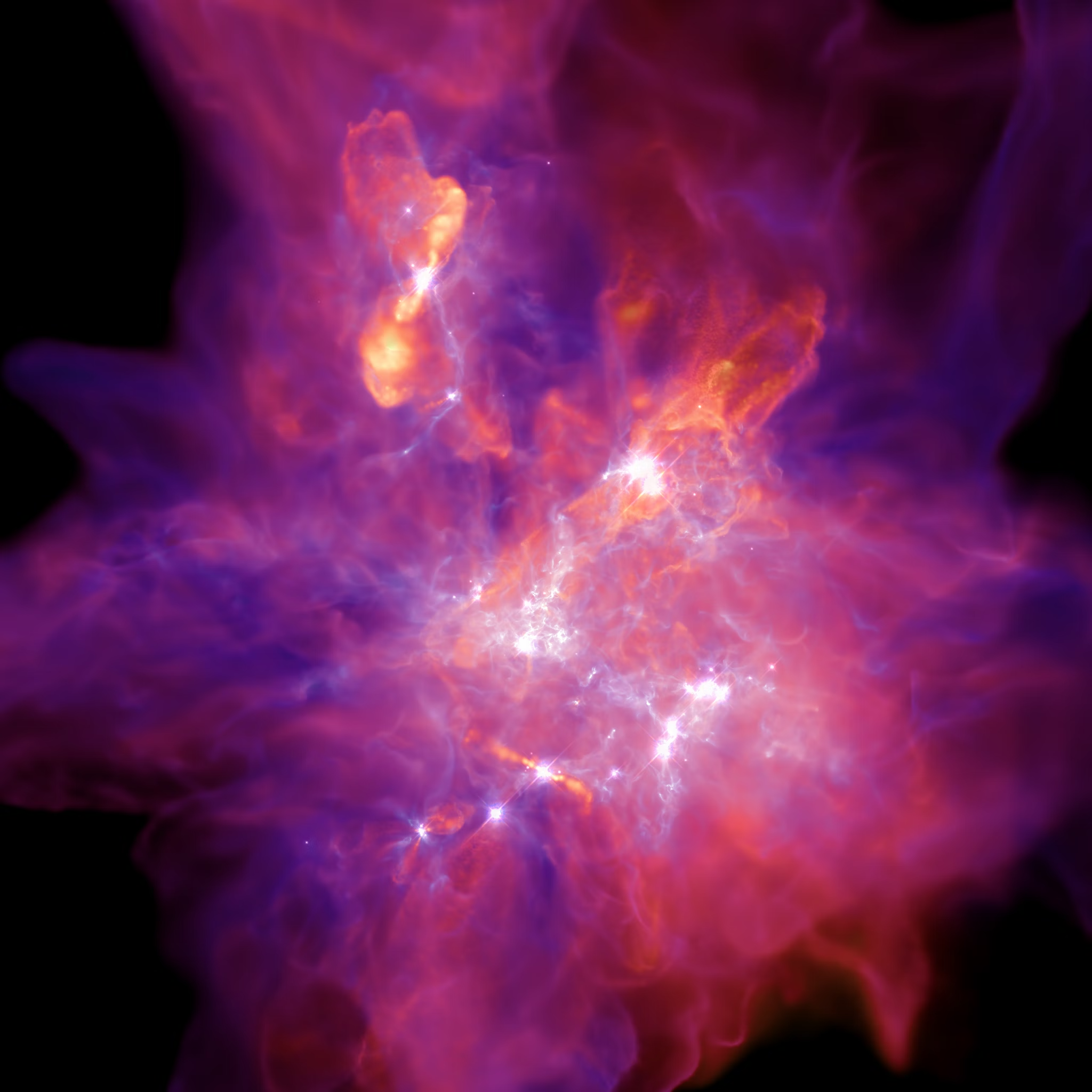
Collaborations
Learning the Universe
This collaboration, directed by Greg Bryan of Columbia University, aims to understand and determine the evolution and initial conditions of our universe, using observations via a Bayesian forward modeling approach.

Projects

